All products featured are independently chosen by us. However, SoundGuys may receive a commission on orders placed through its retail links. See our ethics statement.
HyperX gaming headset buying guide
November 18, 2022
Ah, HyperX. Few companies enjoy the brand recognition, and even fewer put out as many well-made audio products. However, as good as gaming headsets like the HyperX Cloud Alpha and Cloud Flight S are, not everything the company makes is stellar. Given how many gaming headsets the company puts out, and how similar all of their names are, it can be easy to get confused and pick up something that’s not quite what you’re looking for. Let’s break down what you should know when buying a new gaming headset (or mic) from HyperX.
Editor’s note: This article was updated on November 18, 2022 to include formatting updates, and mention the HyperX Cloud Stinger 2 and HyperX ProCast microphone.
HyperX gaming headset buying guide: What features should you consider?
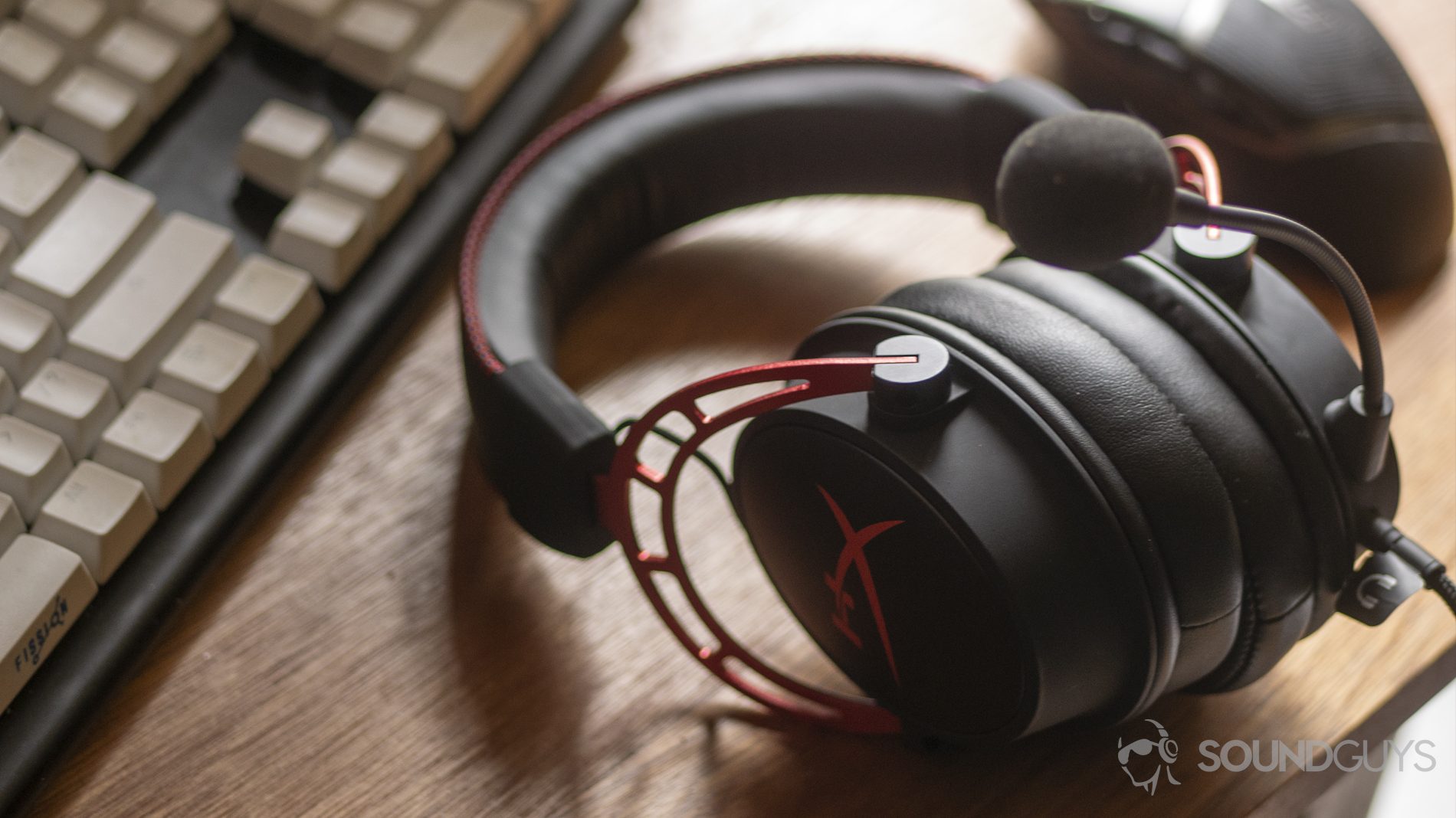
Much like with any other kind of audio purchase, there are many things to think about with regards to your own setup and needs before you buy—let’s start with the basics. HyperX doesn’t make complicated devices, so once you figure out what you need, it should be easy for you to find a headset that ticks all the right boxes.
What is your budget?
You budget immediately narrows down your options when looking for a new gaming headset (or a new anything, really). Gaming headsets rarely run as expensive as premium audio hardware, but they also typically start at a higher price than the cheapo earbuds you bought at a mall kiosk in between trips to Hot Topic and Nordstrom (I know those stores don’t go together, but you try coming up with a mall reference in 2021).
If you’re after some of the nicer HyperX products on the market, you should expect to spend at least $100. The company sells headsets (and a microphone) for cheaper, but flagship products like the HyperX Cloud Alpha and HyperX Cloud II Wireless both retail in or above that range.
Does cross-platform support matter to you?
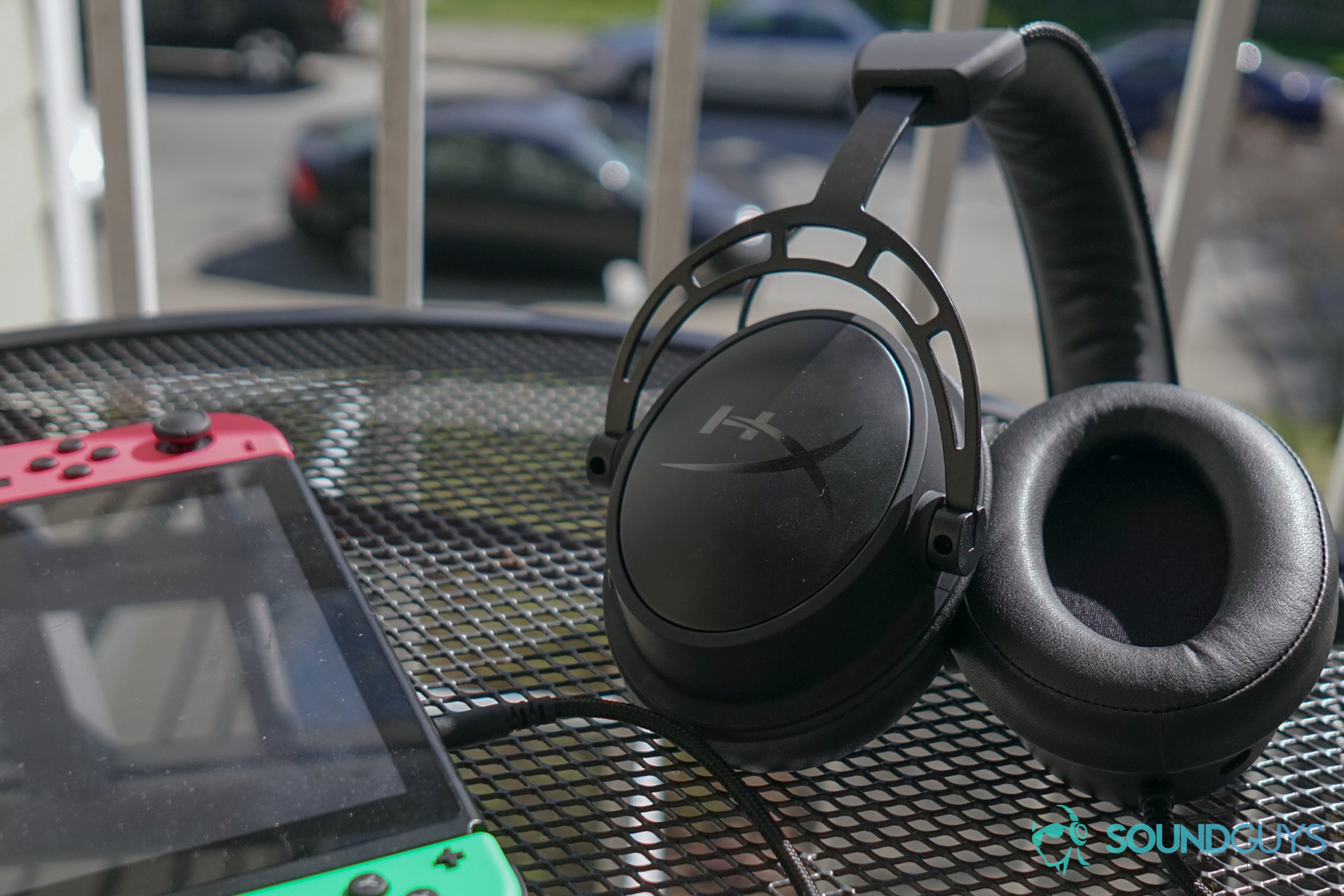
Not all headsets feature cross-platform support. The new generation of consoles may have introduced new graphics and surround sound capabilities, but they didn’t usher in a new era of compatibility. Gaming headsets built for PC and PlayStation still don’t work with Xbox consoles.
On the bright side, new generation vs. last generation doesn’t matter as much this time around—because consoles have integrated things like surround sound, so next-generation gaming headsets actually tend to strip those features out, or limit them a little. You won’t find hardware-based surround like on the HyperX Cloud Flight S, because software handles that on PC, and consoles don’t need it. This also means that a lot of older gaming headsets will work just fine on PlayStation 5 and Xbox Series X. The connection methods haven’t changed, so if it uses a 3.5mm connection, you’ll still be set. You may even notice your old headset sounds a little different—the PlayStation 5 has no problem piping its built-in 3D audio into most headphones, and the same is true of the Xbox Series X.
What is HyperX NGenuity?
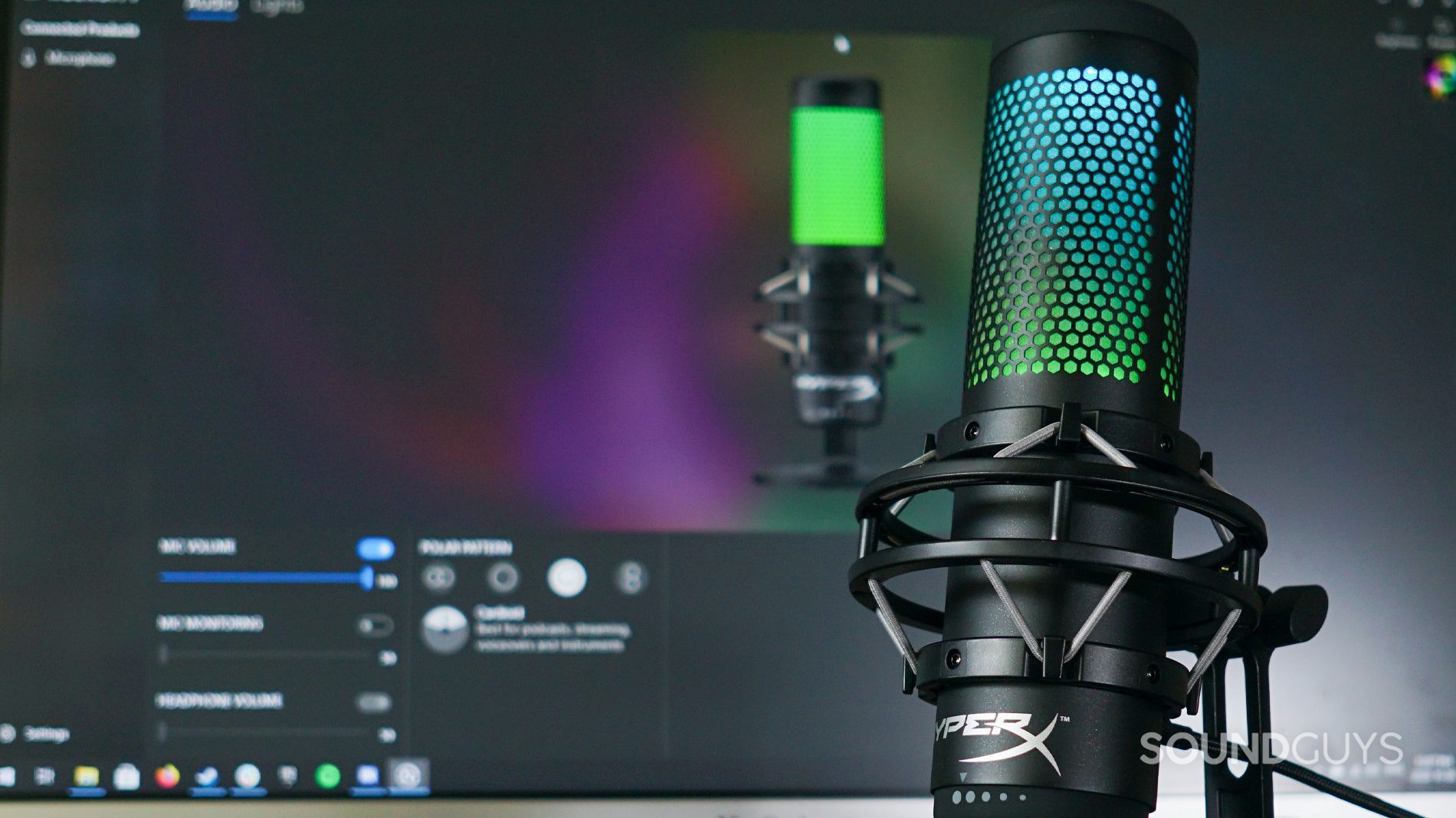
If you’re a PC gamer, life hasn’t changed much with the advent of new consoles. HyperX gaming headsets still get all their additional features on PC through the HyperX NGenuity companion app. NGenuity is one of the more neatly laid out gaming headset apps. It doesn’t often bring all that much additional value, but it’s responsive and easy to use—two traits that are rarer than they should be among apps like this.
HyperX Cloud Stinger headsets are for really tight budgets
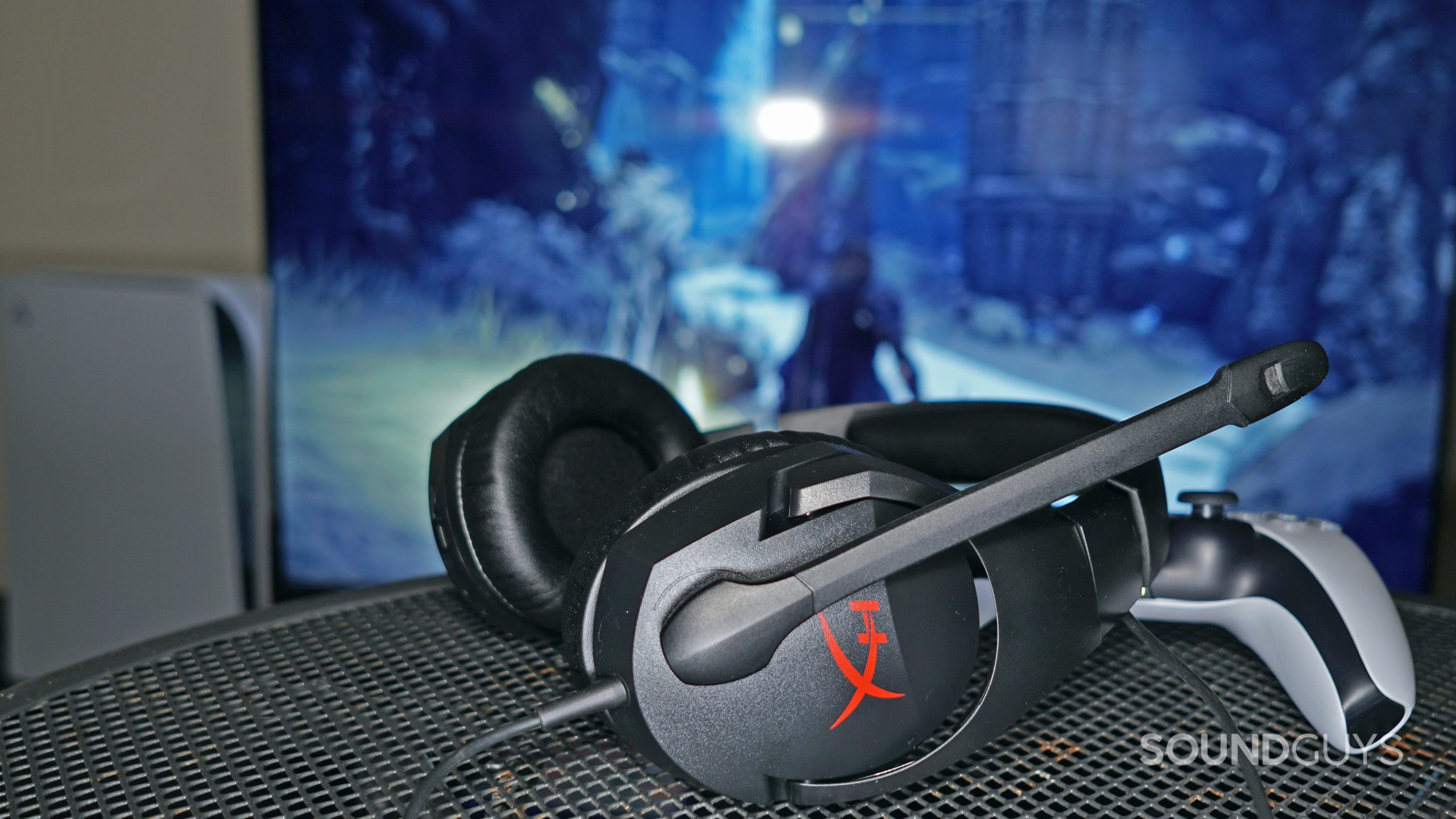
Cloud Stinger headsets are the one legitimately cheap part of the HyperX product family, and are on the simpler side of the company’s product offerings. Ranging from $39-$79 USD, these headsets are built in a slightly less premium manner, with mics that don’t detach, and all-plastic builds that keep things far lighter, but also flimsier. The line consists of four main products—the HyperX Cloud Stinger, Cloud Stinger Core, Cloud Stinger S, and Cloud Stinger Core Wireless + 7.1—with platform-specific versions for each one. However, they’re not all as different as the marketing materials would have you believe.
Wired HyperX Cloud Stinger headsets
The HyperX Cloud Stinger comes in a PC model compatible with everything that supports 3.5mm connections (that includes all consoles, by the way), and a model geared toward PlayStation consoles with virtually identical specifications. The Cloud Stinger Core is made for Xbox consoles, and it features 50mm drivers and on-ear volume controls, instead of the 40mm drivers and in-line volume controls of the other two, but it’s otherwise the same headset. They’re all the same price too, so it really just comes down to whether you want a headset in black and red, black and blue, or black and green. $29.99 at Best Buy.
There’s also a Cloud Stinger 2 available, which features a new look, but otherwise it’s pretty much the same simple wired gaming headset. You can get it for $36 at Amazon.
If a gaming headset has a 3.5mm connection you can use it with any console.
The other HyperX Cloud Stinger headsets feature similar derivations, and similarly minimal differences between them. Even headsets like the HyperX Cloud Stinger S and Cloud Stinger Core 7.1, which use USB adapters for PC, still default to 3.5mm and work anywhere with a compatible jack. The differences are a little more defined for wireless headsets in this range.
Wireless HyperX Cloud Stinger headsets
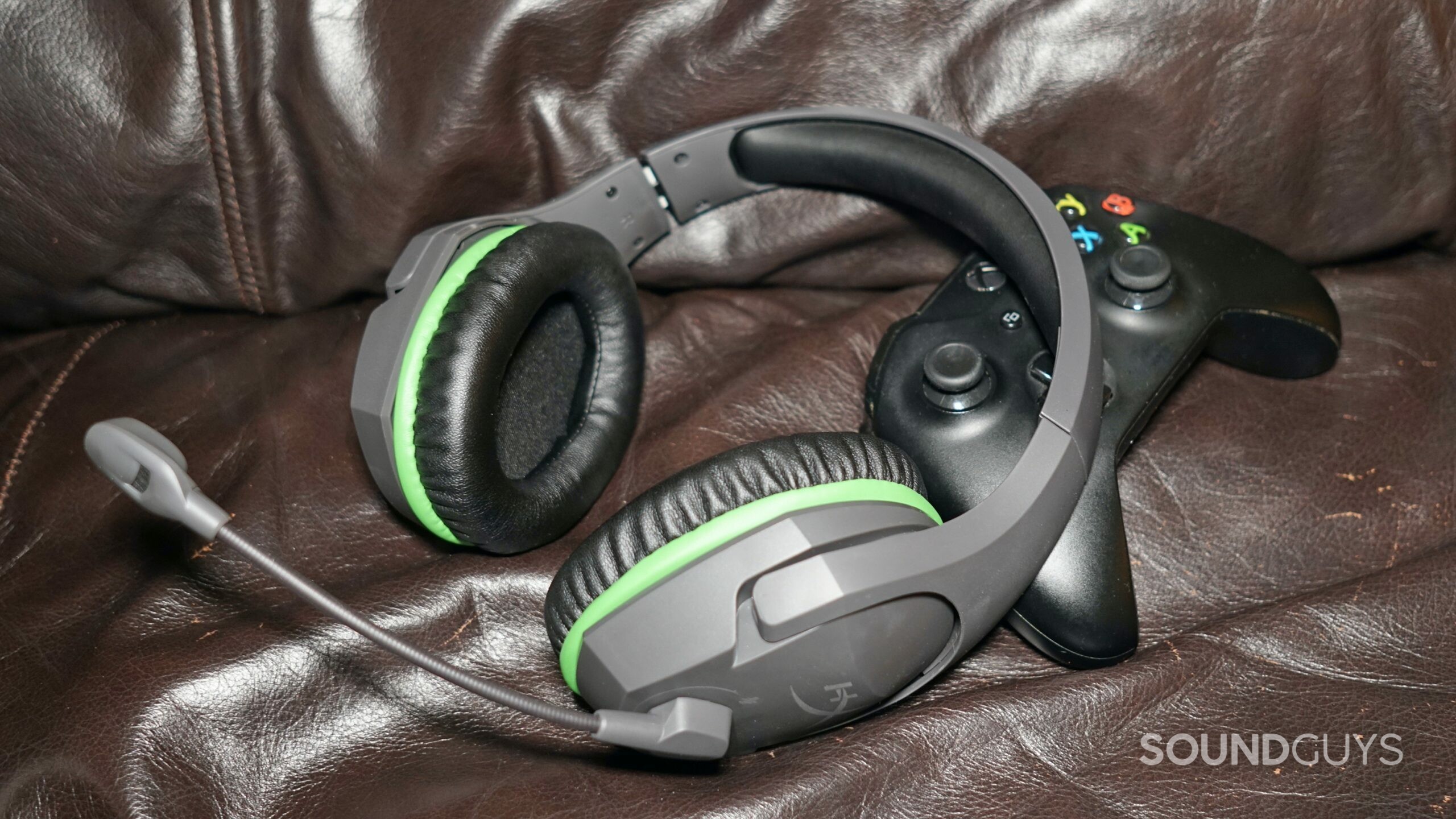
The HyperX Cloud Stinger Wireless, Cloud Stinger Core Wireless, and the PlayStation-specific Cloud Stinger Core Wireless all use 2.4GHz wireless USB dongles to connect to your given platform—none of these are built specifically for Xbox, which means they won’t work with Microsoft’s consoles. However, the HyperX CloudX Stinger Core is an Xbox Wireless headset, which means it works great on Xbox consoles and only kind of works elsewhere. You can get it for $26 at Amazon.
If you’re interested in the differences between the PlayStation Cloud Stinger Core Wireless and the regular one, things pretty much follow along with the points raised in the above section about next generation console headsets. Other than the color scheme (white and blue this time), the PlayStation-oriented headset differs by not including support for virtual surround sound via HyperX NGenuity, so you’ll have less options on PC. It doesn’t use a separate connection method like the CloudX Stinger Core, so you won’t have to buy an additional wireless dongle to make it work on PC, at least. That’s really the only difference.
Get a Cloud Stinger headset if you want something cheap and simple. With the exception of the wireless ones, they all support 3.5mm connections, which means they’ll work everywhere. The wireless ones use USB dongles, and none of them are built for Xbox, so they’ll only work on PC, PlayStation, and a docked Nintendo Switch.
HyperX Cloud headsets feature the look and feel that built the brand
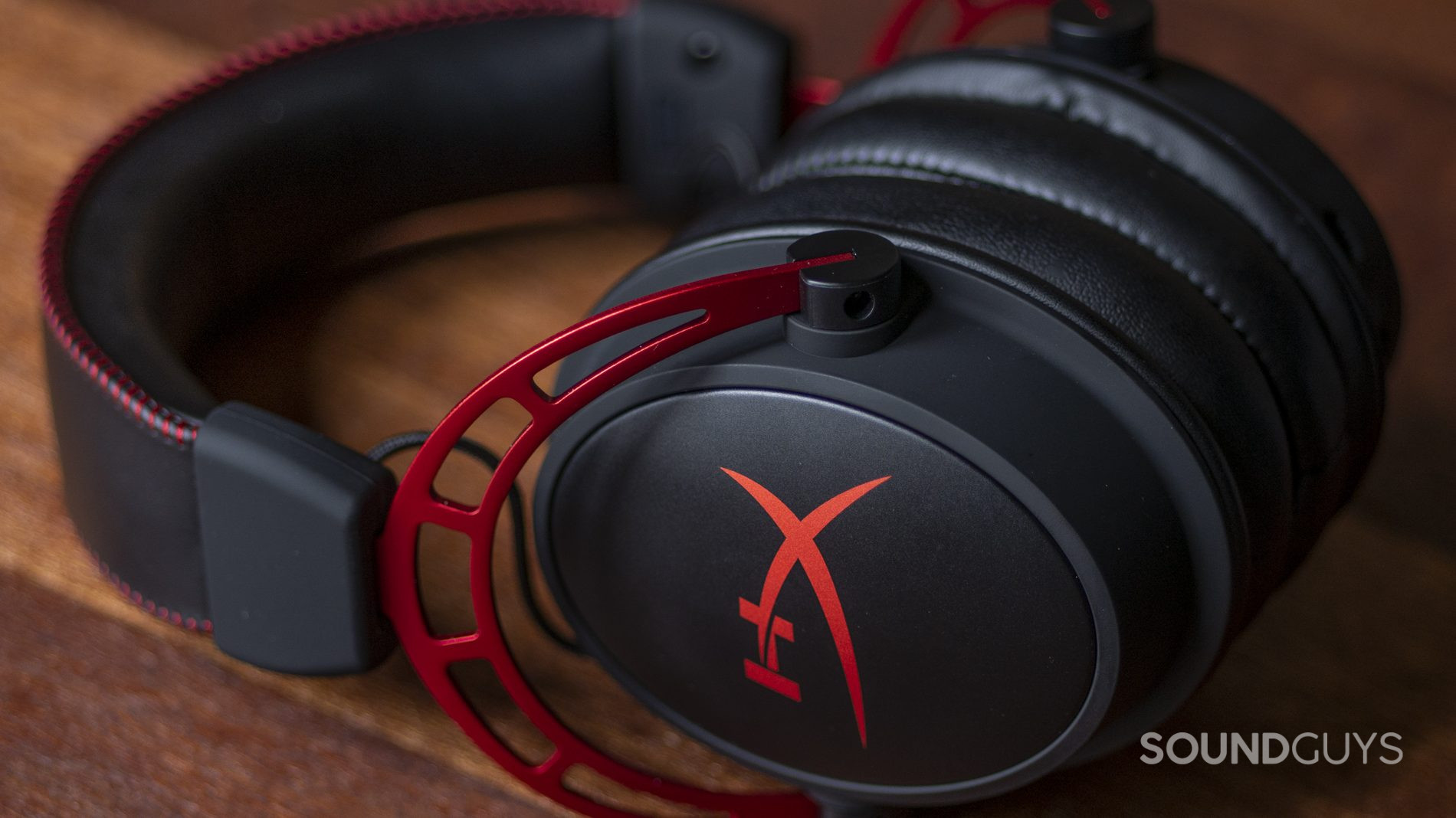
That heading might read a little confusing, because technically all HyperX gaming headsets are HyperX Cloud headsets. These are the ones that don’t have additional names like Stinger or Flight. This range includes the HyperX Cloud II, Cloud Alpha, and Cloud Mix gaming headsets—some of the most distinctive gaming hardware around.
Gaming headsets in this product range typically run for $100-$200 USD, with builds to match. They all share that classic HyperX look, with metal hinges, thick headphones, and plush memory foam cushions covered in leatherette. Many of them don’t have ton of bells and whistle or design flourishes, instead opting for sturdy builds using good materials and nailing basics like audio output, comfort, and isolation.
Premium HyperX Cloud headsets rely on quality construction instead of gimmick features.
On the low end of the price spectrum, there’s gaming headsets like the HyperX Cloud Alpha and Cloud II. These headsets both feature aluminum frames, great audio, and excellent passive isolation. They’re comfortable wired gaming headsets with in-line controls and basically no additional features. They connect via 3.5mm, so you can use them just about anywhere, and you can take out both headsets’ microphones if you want something that looks a little less conspicuous.

As the price increases from that point, so too do the differentiating features in this category. Both the HyperX Cloud Alpha and Cloud II have more premium versions with additional features, and the Cloud Mix offers something a little more unique.
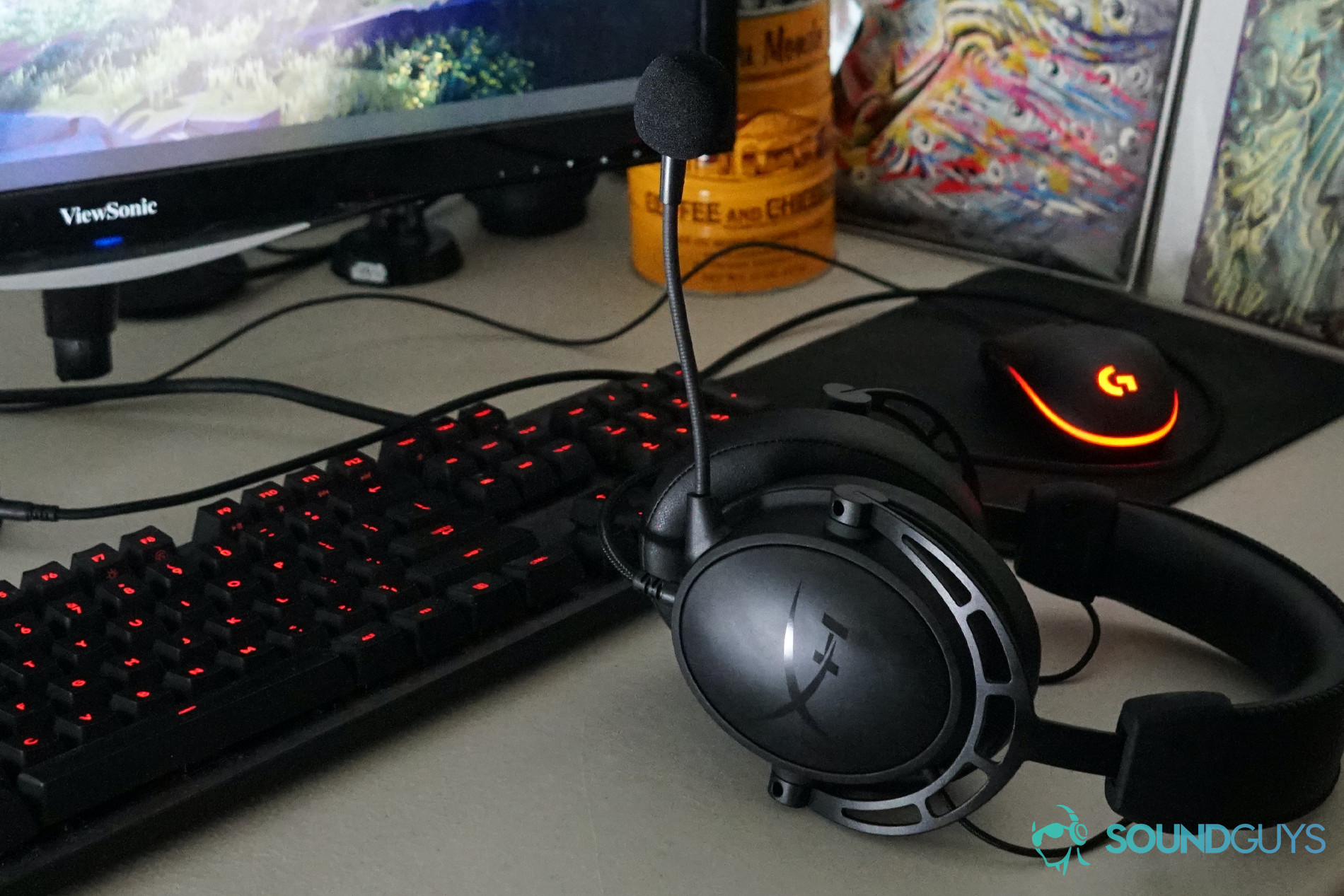
The HyperX Cloud Alpha S is about $30 more expensive, and includes adjustable vents on the bottom of each headphone, so you can customize the degree of bass response on a hardware level. The headset also comes with a USB adapter that’s basically just the 7.1 surround sound USB soundcard HyperX sells separately—it includes controls for mic and headphone volume, and a button to enable 7.1 virtual surround sound (you don’t need NGenuity for this one).

The HyperX Cloud II Wireless brings everything the regular Cloud II does, only wirelessly, using a 2.4GHz USB dongle compatible with PC and PlayStation. The headset also supports 7.1 virtual surround sound using HyperX NGenuity. Apart from that, this is basically the same headset as before—it’s got great battery life, though.

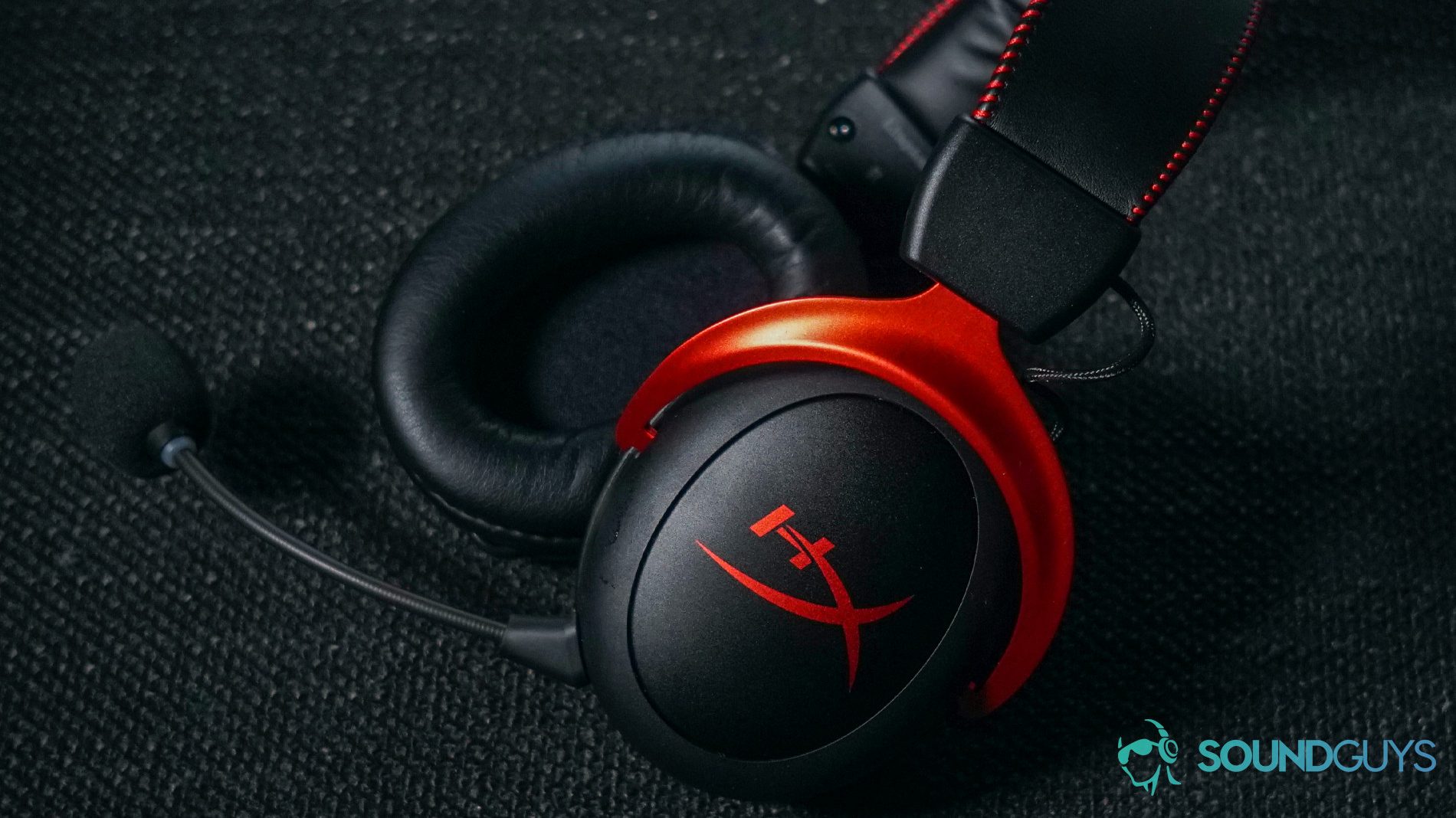
The HyperX Cloud Mix is the most expensive gaming headset in this category and arguably the most unique. This gaming headset tries to split the difference between wired gaming and Bluetooth listening, with support for wireless connections using Bluetooth 4.2, as well as wired ones via 3.5mm. It’s a little awkward to use, as you need to switch between the detachable boom microphone and a frankly awful internal one when moving from gaming to Bluetooth respectively.

Unlike many gaming headsets that support Bluetooth as a secondary connection method, multiple simultaneous connections aren’t possible with this headset—you can’t even turn on wireless audio when the boom mic is plugged in. If you absolutely need a gaming headset with Bluetooth compatibility, there aren’t other options from HyperX, but you’ll probably be better served with something else we’ve mentioned in this article—ultimately the Cloud Mix is a pretty good gaming headset that’s twice the price of some great gaming headsets.
The company’s most recent headset is the HyperX Cloud Alpha Wireless, an update to its flagship gaming headset. The Cloud Alpha Wireless is a pretty straightforward update—it’s a Cloud Alpha, but wireless. There aren’t a ton of extra features, or new colors, but that doesn’t really matter, given the headset can last 327 hours on a single charge. This is easily 10 times the battery performance of most wireless gaming headsets with great battery life, so if you don’t like remembering to charge your devices, it’s pretty much always going to be the right choice.

There are some one-hit-wonder HyperX gaming headsets too
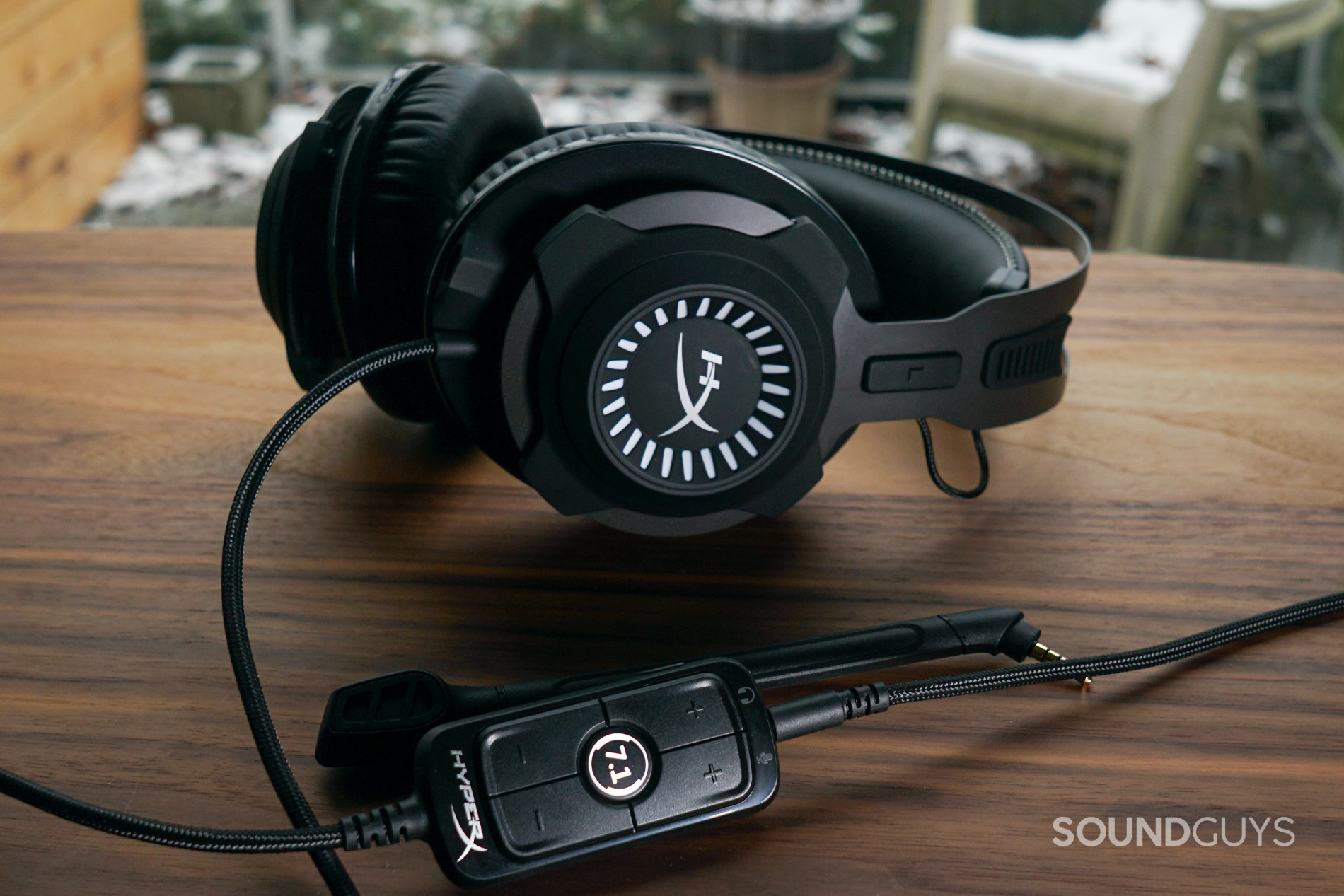
To call them one-offs might be a little reductive, but HyperX offers all sorts of great gaming headsets that don’t quite fall into the Cloud or Cloud Stinger product ranges. These HyperX gaming headsets are almost all notably more expensive than the $100-$130 USD range Cloud headsets, and they all bring rather unique features or designs to set them apart.
If metal builds with suspension bands are more your speed, the HyperX Cloud Revolver and Cloud Revolver 7.1 bring that to the table. These headsets don’t really look anything like other HyperX Cloud headsets, with a black and grey color scheme, large suspension band, and headphones with more of an angular design flourish to them. The Revolver is a little on the heavy side, and it can get uncomfortable over time, but it’s a competent wired gaming headset, and the more expensive 7.1 version brings the same USB soundcard as the HyperX Cloud Alpha S.

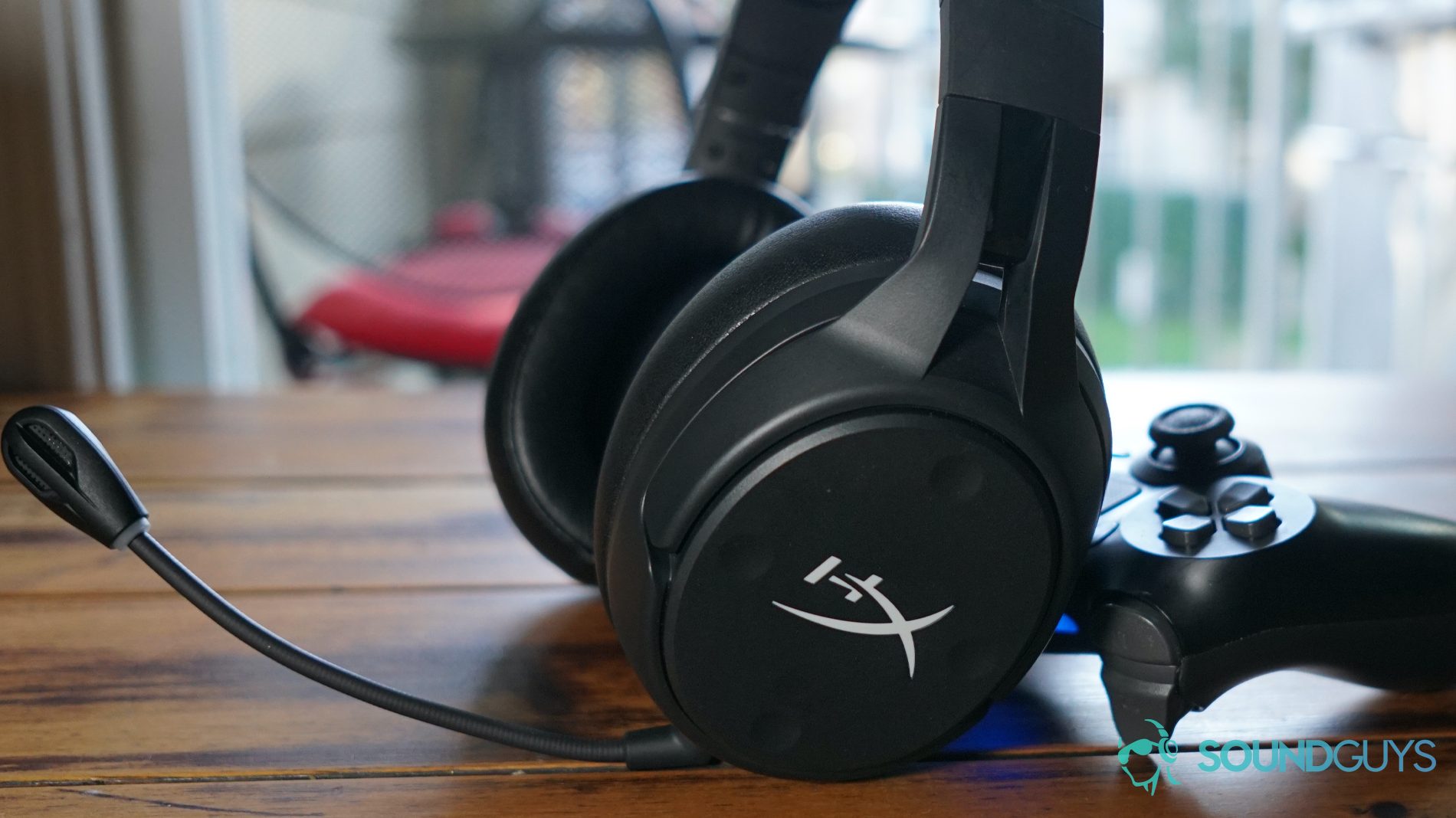
Gamers looking for something wireless should check out the HyperX Cloud Flight and Cloud Flight S. These primarily plastic gaming headsets also have a pretty distinctive look, with headphones that swivel and lay flat, and an array of controls on the side. These headsets sport great battery life, great audio, and a decent mic, and they’re very comfortable to boot.

Dishing out the extra $20 for the HyperX Cloud Flight S will also net you onboard 7.1 virtual surround sound that works on PC and PlayStation 4, wireless charging, and game/chat balance controls. There’s even a HyperX CloudX Flight for Xbox consoles, which is basically the same as the regular Cloud Flight, it just lights up green.

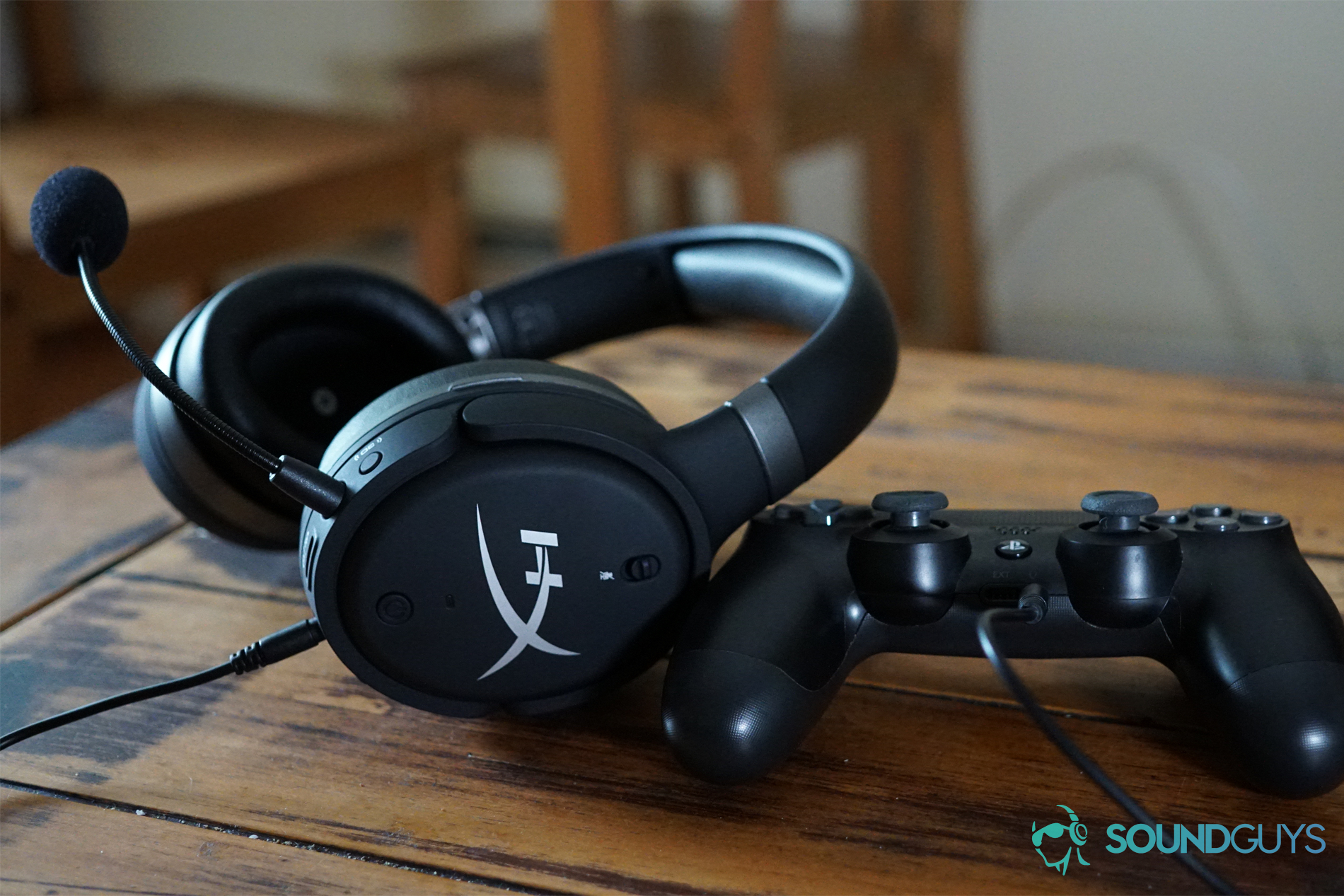
Lastly, the most expensive gaming headset from HyperX has a lot in common with products from a different company. The HyperX Cloud Orbit and Cloud Orbit S are planar magnetic gaming headsets based off the design of the Audeze Mobius. For $329 USD, the Cloud Orbit S brings all the most important aspects of the $400 USD Mobius, like head tracking, Waves Nx 3D audio, and of course, those sweet 100mm planar magnetic drivers. The regular Cloud Orbit is a little harder to find these days, but it’ll cost less than the Orbit S, though it doesn’t support the stellar surround sound function of Waves Nx or head tracking.

The company also sells some slightly less-gaming oriented products. One of the only audio entries under that umbrella, The HyperX CloudBuds brings Bluetooth 5.1, aptX HD support, 10 hours of battery life, and USB-C charging to the neckband earbud format. It runs for $59.99 USD.
HyperX buying guide: What about the microphones?
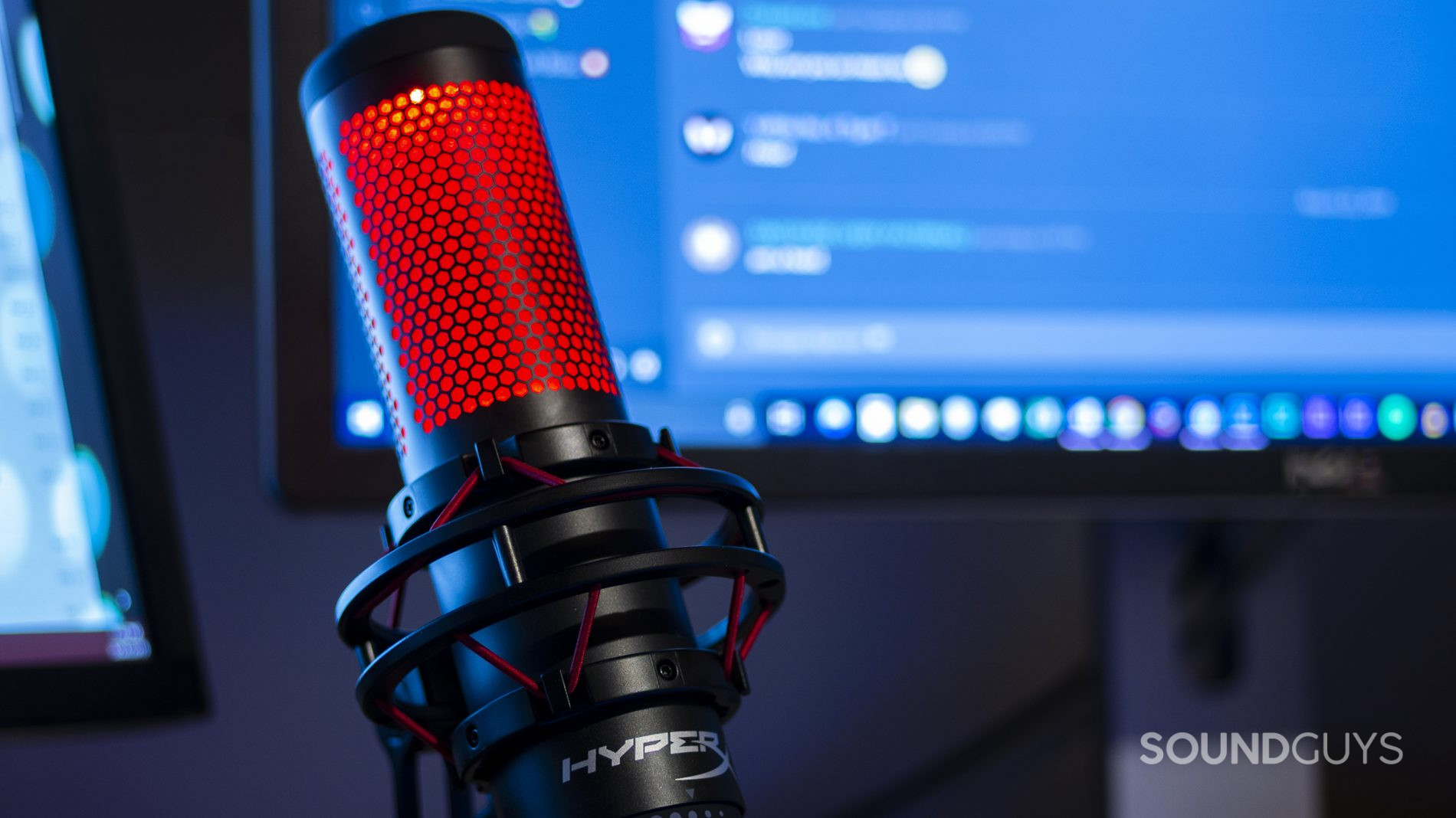
A HyperX guide would be incomplete without at least mentioning the handful of USB microphones the company makes. In the last year HyperX has tripled its microphone output (to three products) to cover the burgeoning market of people stuck in the Zoom limbo for what feels like the rest of their lives. These USB microphones all cover a different price range and offer slightly different features, but if you’ve already got a pair of headphones and just need something to talk into, one of them might be perfect for you.
The cheapest of the three is the HyperX SoloCast, a compact cardioid mic that runs for $59 USD. It’s entirely a plug-and-play affair, and there aren’t any hooks into HyperX NGenuity or controls for things like volume. There’s a tap sensor on top of the mic to mute it, but that’s it—otherwise, you just plug it in and start talking.

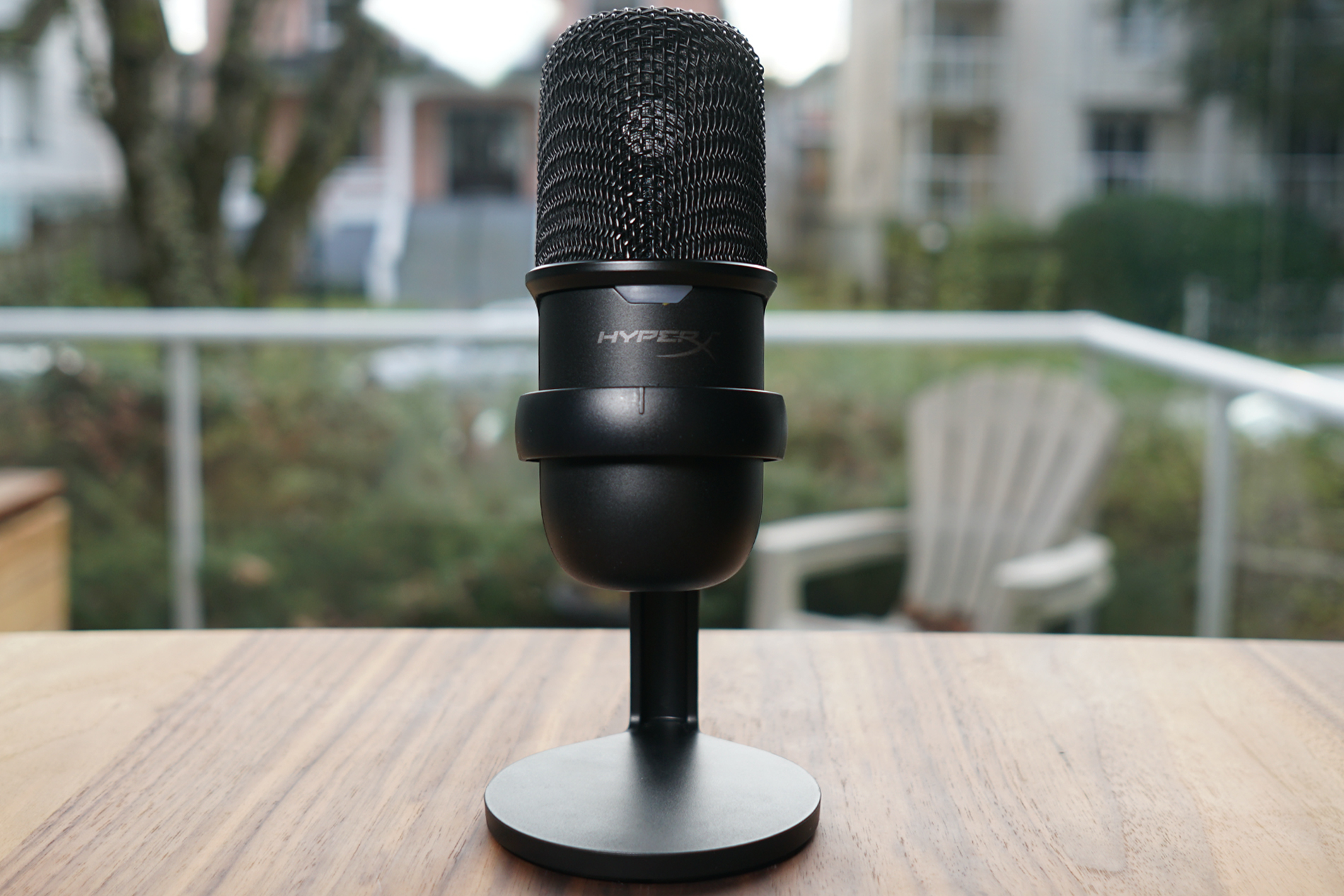
The HyperX QuadCast and QuadCast S are the other two microphones the company makes, and they’re also meant to be hassle-free desktop audio solutions. These USB condenser microphones both support four recording patterns: stereo, omnidirectional, cardioid, and bidirectional. They feature headphone jacks for direct monitoring, as well as built-in pop filters, so you won’t have to worry about breath sounds very much. The QuadCast S also supports HyperX NGenuity, which lets you control its RGB lighting. HyperX QuadCast and QuadCast S will run you quite a bit more than the SoloCast, selling for $139 USD and $159 USD respectively.


HyperX also recently added an XLR microphone to its stable of options, no doubt motivated (at least in part) to the Shure SM7B taking over the streaming microphone landscape. The HyperX ProCast is very good sounding cardioid condenser microphone with a low-cut switch and switch for boosting gain by 10dB, and no other features. It’s pretty expensive compared to some of its competition, especially given you need to buy and XLR cable and audio interface separately, but still far cheaper than professional recording microphones.

So there you have it, this is every kind of gaming audio hardware HyperX sells. Hopefully this guide helps you make a decision. We’ll continue to update this article as new products come out.
Thank you for being part of our community. Read our Comment Policy before posting.